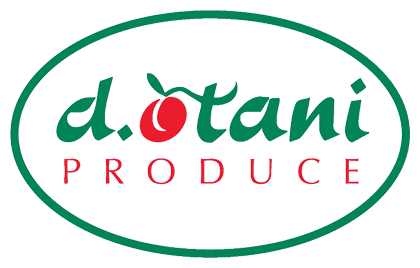The days of three squares are long gone, as is the dinner plate divided three ways into meat, starch and vegetable.
While the numbers are changing, it’s not as much of a problem to be solved as an opportunity to be explored, especially for those in the produce industry. As the newly released 2019 Power of Produce report shows, produce is well positioned to expand into many eating occasions, dayparts and, for that matter, parts of the plate, bowl or cup.
The produce category already tops $60 billion in annual sales in traditional retail channels, and there is room for additional growth. Much of that growth potential comes from frequency: 97 percent of shoppers say that they eat fresh fruits and vegetables at least once a week, yet 41 percent say they eat fresh produce daily. People recognize that gap: an equally overwhelming 97 percent say they are trying to consume more fresh fruits and vegetables.
The good news is that there are many ways to boost such frequency throughout the day and across a spectrum of products.
Starting with daypart, while produce for breakfast isn’t new — who else grew up in a family that ate grapefruit as part of a morning meal? — there are inventive ideas for incorporating produce into the start of the day, whether it’s a heat-and-serve burrito teeming with peppers and tomatoes or ever-trendy avocado toast. According to the 2019 Power of Produce report, 47 percent of shoppers are trying to eat more fresh produce with breakfast in 2019, compared to 36 percent in 2017. The numbers skew higher for millennials.
More than half — 54 percent — of shoppers say they are striving to add more fresh fruits and vegetables to their lunch meals. Here, too, there are ample opportunities to increase frequency with popular lunch dishes like bowls and salads.
Things get interesting at dinner, as plant-based proteins continue to garner buzz. Vegetable proteins are being consumed as an occasional meat alternative among nearly three-fourths (73 percent) of shoppers. Popular plant proteins used in dinners include chickpeas, lentils, legumes, seeds and veggie burgers or similar plant-based meat alternatives.
One noteworthy way to get people to add more produce to their daily diet (and their shopping basket, whether instore or online) is to leverage people’s craving for snacks. Four in 10 shoppers are looking for snack-sized vegetables and fruit snack packs; according to the 2019 Power of Produce, snacking is the second eating occasion behind dinner in which consumers want to eat more fresh produce. The marketplace is bearing out this shift, with the growing availability of value-added packaged fresh produce snacks and in-store merchandising that touts fresh fruits and vegetables as ideal snacks.
Fresh produce is more drinkable than ever, too, thanks to a plethora of fruit- and vegetable-based beverages. Younger shoppers are especially keen on plant-based drinks, such as smoothies, produce-infused waters.
Beyond making fresh produce more appealing and available for different eating occasions, success in produce also hinges on making it easy for shoppers to buy and use. Merchandising is a key part of that, as people especially shop with their eyes in the produce section. Convenience is also pivotal in closing the gap between intention and daily consumption, with value-added and packaged products that are easy to buy, store, open, use and, if wanted, re-use.
Thinking outside the box is necessary in converting consumers’ goal of eating more fresh fruits and vegetables into real sales and eating experiences. It can also be fun, with new products like sweet potato “fettucine” and educational additions to the produce department, like plant butchery experts on hand or an in-store sampling event set up like farmers’ market showcasing locally grown produce.
Regimented eating may have been predictable, but delivering on today’s consumers’ eating preferences can be both profitable and positive.
(Rick Stein is the vice president of fresh foods for Food Marketing Institute)

